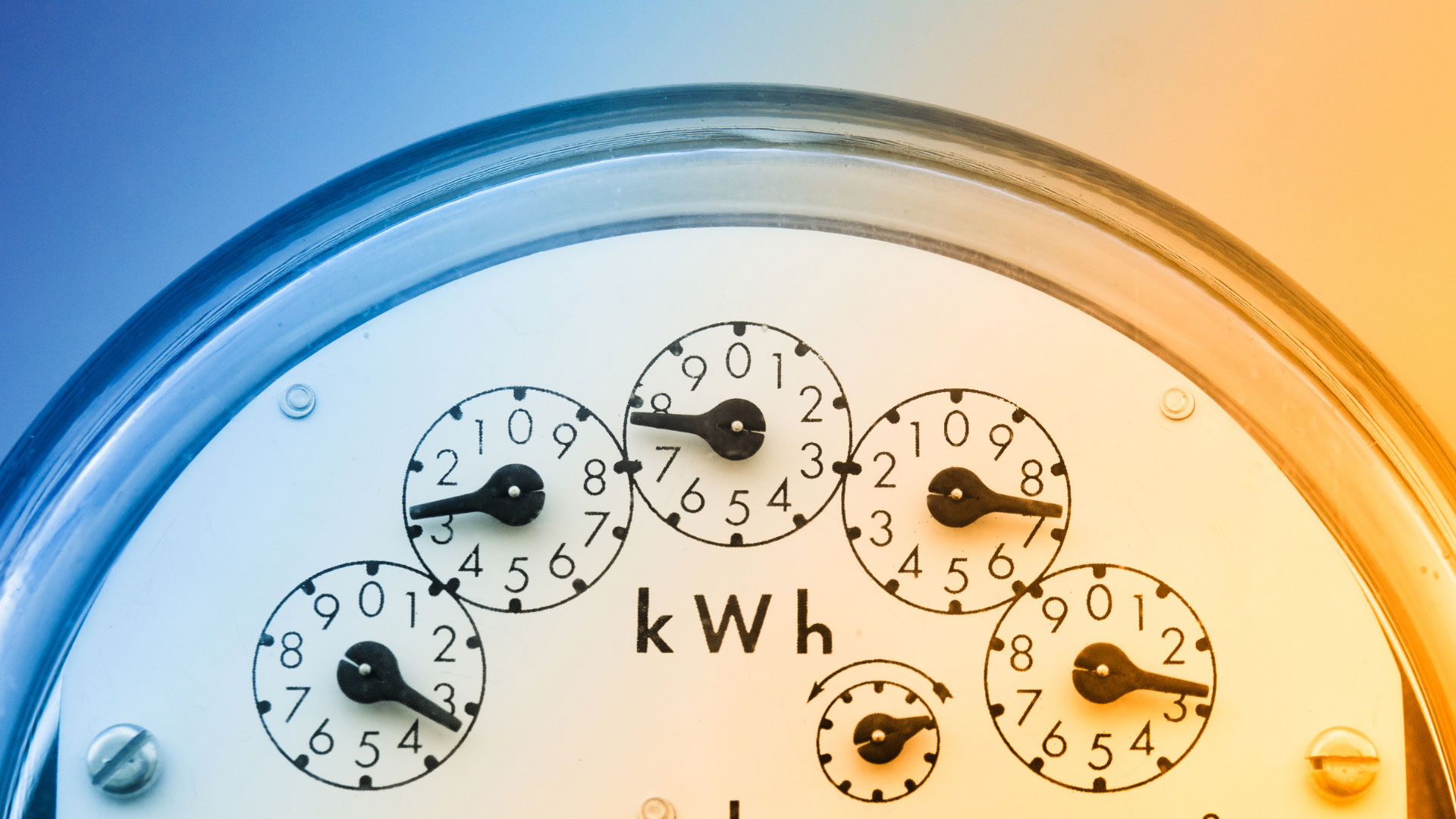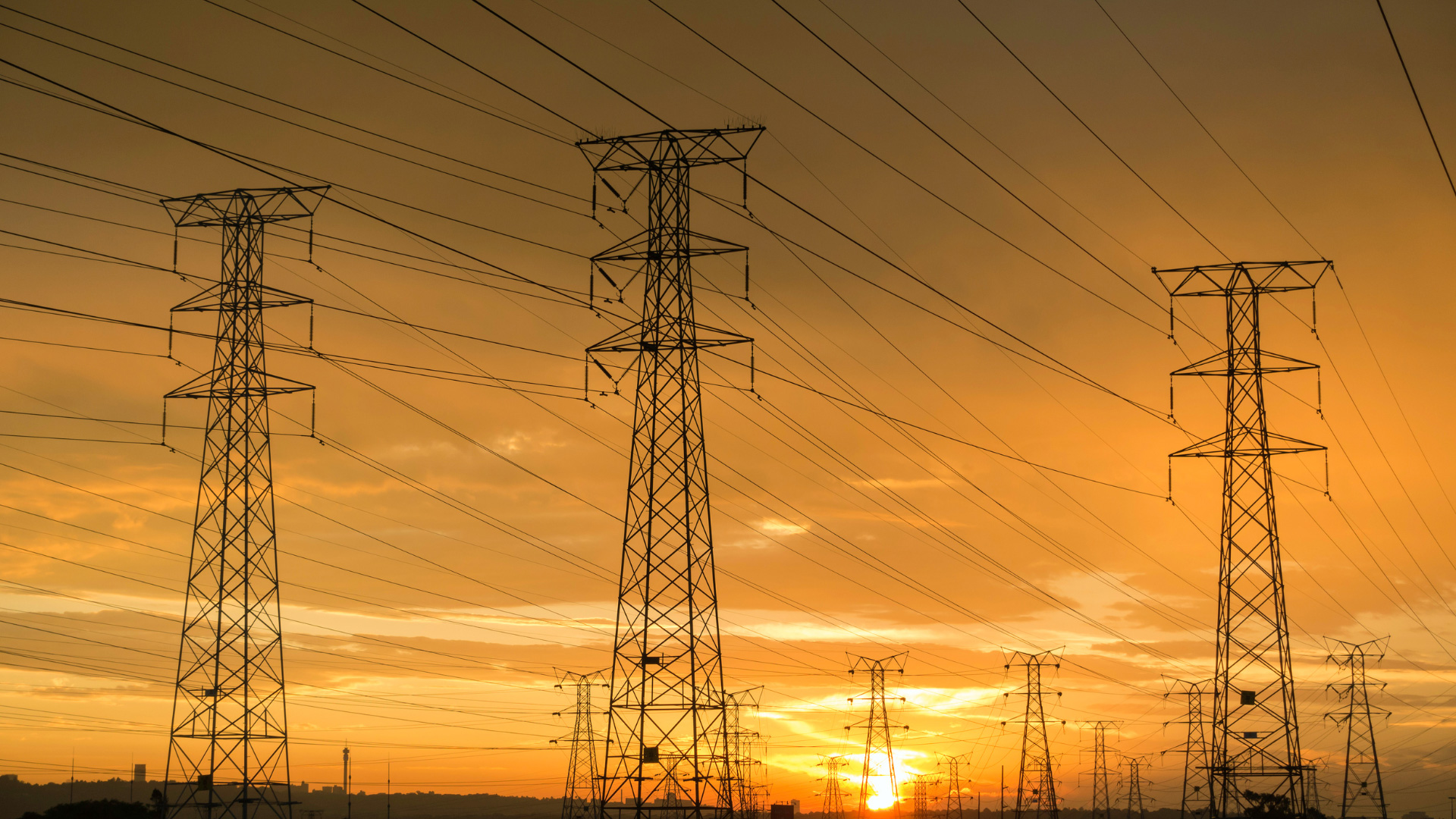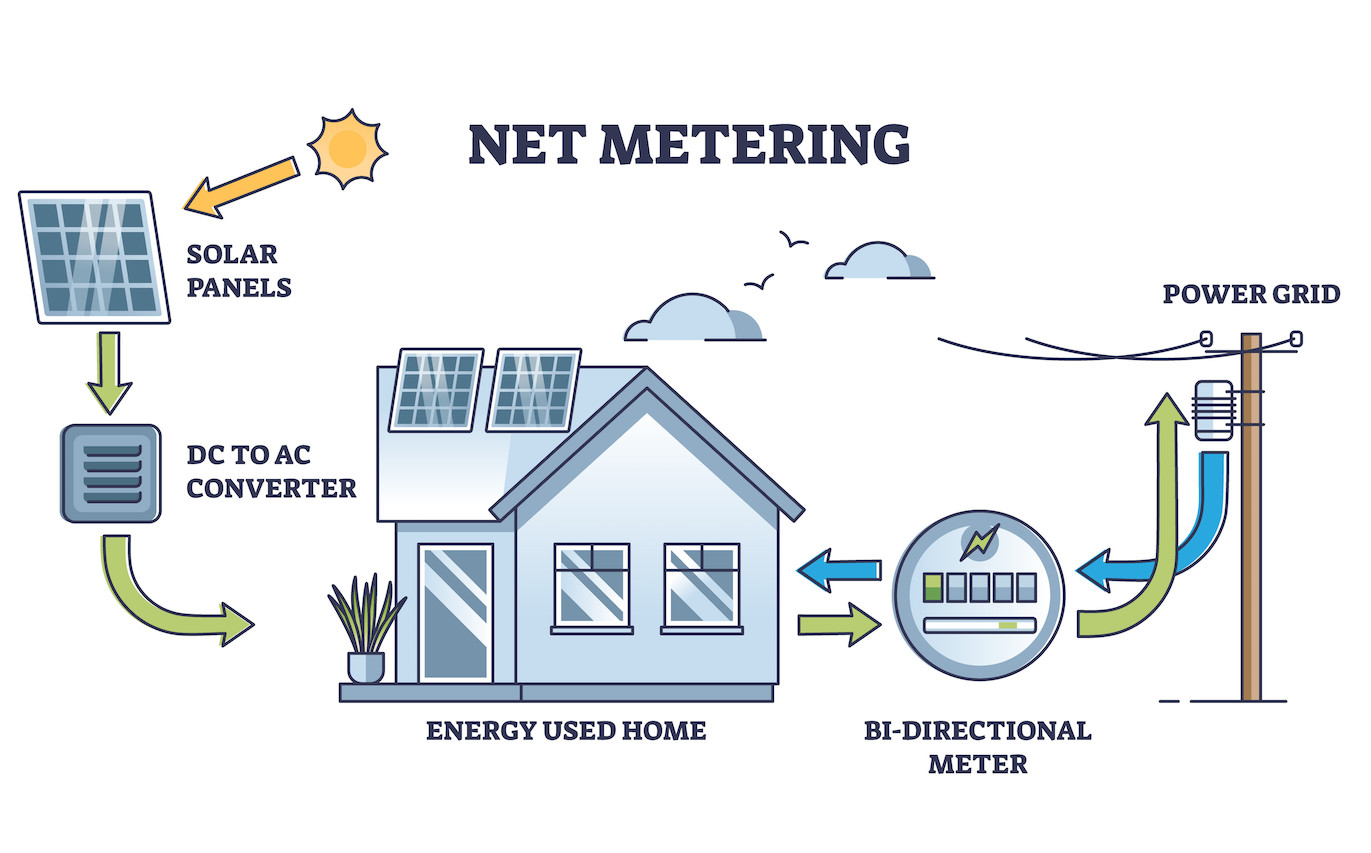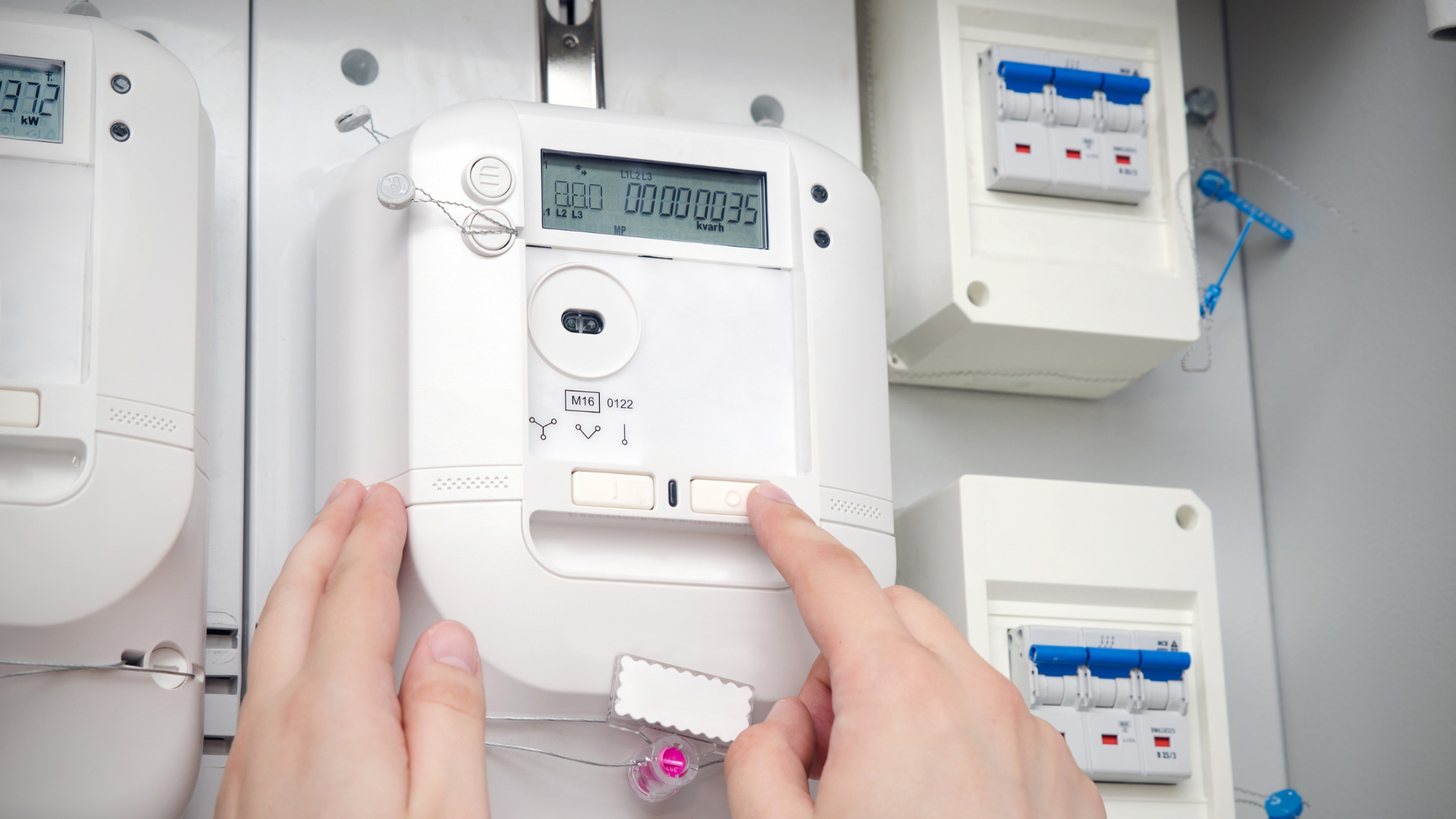Almost a year after the California Public Utilities Commission (CPUC) released its first proposed NEM 3.0 proposal, the commission has dropped a new proposal that will impact PG&E, SDG&E, and SCE customers greatly.
This latest proposal includes a significant shift from net energy metering to net billing, a slow transition to the new plan, and scrap illegal and unfair solar fees and taxes present in the initial decision. The main changes in the new version, released on November 10, 2022, include the following:
- If approved, the new NEM 3.0 proposal will significantly lower solar export rates and reduce the monthly energy bill savings.
- A flat mandatory monthly fee of $14, $15, and $16 for SCE, PG&E, and SDG&E customers
- There will be no adders for those with SDG&E residential or commercial because their solar systems generate huge bill savings due to their higher electric rates.
- A 120-day transition period (the cutoff date may be April 14, 2023, at the earliest if the scheduled vote for Dec. 15, 2022, will go on as expected) that will allow the NEM 2 applicants to add battery only when NEM 3 starts without losing their NEM 2 status.
- NEM 2 enrollment is still active up to December, 14
- NEM 1 and NEM 2 will remain unchanged
- With NEM 3, the oversizing of solar systems will be limited to 50% for commercial and residential projects.
- The New Self-Generation Incentive Program (SGIP) category will harness an additional $900 Million from the state funding as incentives, mainly set aside for low-income residential solar adopters.
The most critical point in the new proposal is the changing rate structure that will ultimately reduce the value of solar energy.
Reduce Solar Export Rates
The major change in NEM 3.0 from NEM 2.0 is the rate at which customers would be compensated for the excess electric energy they put on the grid. Under the current metering policies, solar owners are credited for every kWh they put on the grid (export rates). The value of solar exports will be based on the “Avoided Cost Calculator” instead of the retail rates and will vary depending on the Time of Use Rates.
Although the clean energy supporters and solar industry are reviewing this proposed decision, the California Solar and Storage Association (CALSSA) analysis shows that the average export rate will decrease from $0.30/kW to $0.08/kW, resulting in around 75 per cent reduction in the overall export value.
No New Solar Taxes
The latest rate structure in the proposed NEM 3.0 decision would substantially prolong the payback period of going solar and significantly eat into savings. However, the new CPUC proposal has a shred of good news.
The initial proposal had a series of charges for solar owners, commonly known as “solar taxes”. At some point, these charges were expected to go as high as $60 per month, but at least they have been wiped out in the new proposal.
Pairing Solar and Battery Storage
The push to pair solar with battery storage is one of the major themes in the latest NEM 3.0 proposal. This concern isn’t about producing more solar energy in California, but storing generated energy and using it during peak energy consumption because it aligns differently from the peak solar production period. Look at the import/export price graph. You will realize that export prices usually skyrocket at around 8 pm when the demand becomes too high, while solar production winds down- a major problem affecting the entire state.
By pairing solar with battery storage, solar owners can store solar energy generated during the day and use it in the evening when the demand and export prices start peaking. This pairing gives homeowners battery backup in case of power outages. The proposal also contains new funding of $900 million for the Self Generation Incentive Program, which will provide battery storage rebates for SDG&E, SCE, and PG&E customers.
NEM 2.0 Customers Would Easily Add Battery Storage Later
When the NEM 3.0 proposal is approved, NEM 2.0 customers will add battery storage later without necessarily losing their NEM 2.0 status. The two common scenarios for this valuable idea are:
- If you are a solar owner, you can comfortably add battery storage after the transition period, probably April 14, 2023, without being transitioned into NEM 3.0
- If you submit interconnection papers for the solar system without a storage battery before the transition period is over and get garnered into NEM 2.0, you can add the storage battery later without changing your NEM 2.0 status.
NEM 2.0 Grandfathering for 20 Years
At one time, CPUC proposed that the grandfathering period for NEM 2.0 would be cut to 10 years. However, the new proposal reassures that 20 years will remain intact. As a result, any customers that will apply for complete interconnection before NEM 3.0 takes effect will remain in the more favorable NEM 2.0 program.
When Will the New NEM 3.0 Proposal Take Effect?
A 241 page new NEM 3.0 proposal was published on Nov. 10, 2022, by the CPUC and is scheduled for a vote on Dec.15, 2022. If approved, SDG&E, SCE, and PG&E utility customers will be required to apply for interconnection until April 14, 2023, at earliest when it takes effect, and be grandfathered into their current status (NEM 2.0).
If you’ve been on the fence about solar, now is the time to make a decision. If NEM 3.0 is out in effect, the value of solar could be diminished. Contact us today to learn more.






